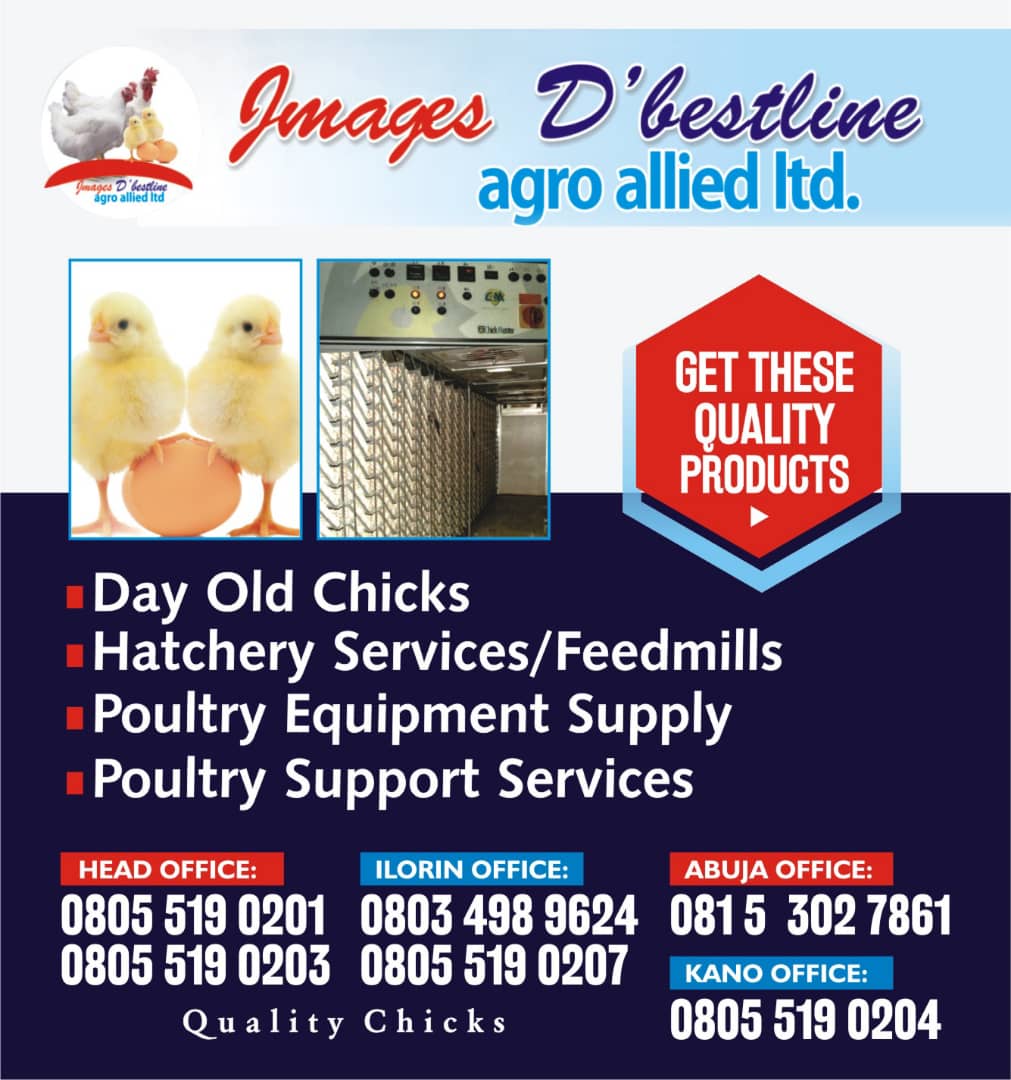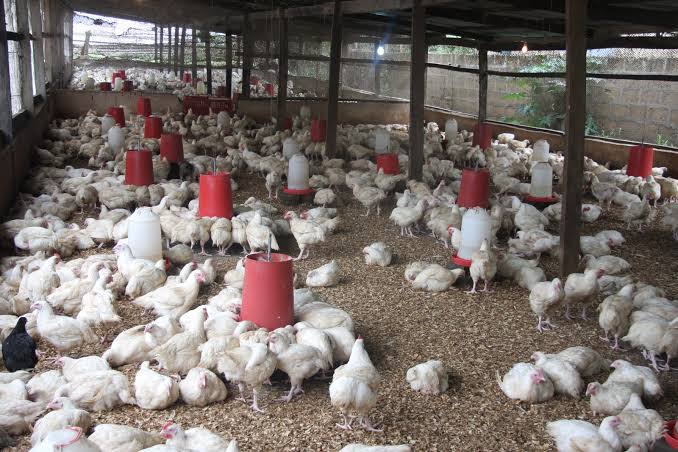How to Control Late-stage Broiler Mortality
Targeted monitoring and controlling broiler house conditions help to ensure that losses are kept to a minimum.
Although most mortality occurs within the first week of a broiler’s life, mortality again increases towards the end of grow out. Late-stage mortality is especially costly since the loss includes the birds as well as the feed and other resources invested in growing them.
 Learn More
Learn More
Consider the following to control late-stage broiler mortality.
Monitor and control heat stress
Older birds require reduced temperatures.
By 5-6 weeks of age, a broiler’s preferred environmental temperature has dropped to approximately 21° C, from the initial brooding temperature of ~34° C. In older birds, any temperature above 30° C has the potential of causing heat stress.
Heat stress primarily impacts birds of four weeks of age or older. As birds age, the impact of heat stress increases, and the temperature at which heat stress can occur decreases. In addition to increasing mortality, heat stress also negatively impacts daily weight gain, feed intake and efficiency, and meat quality.
Even a single day of heat stress conditions can increase broiler mortality.
Although temperature alone can cause heat stress, it is usually a result of a combination of factors. The temperature and humidity index (THI) is a better indicator of heat stress potential than monitoring temperature alone since it takes into account temperature, humidity and the differential temperature values, i.e. the time it takes to go from one temperature to another.
Consider monitoring the temperatures of the bedding and base floor as well, since they also contribute to increased mortality during heat stress days.
When heat stress conditions are predicted, monitor at least hourly. Adjust the ventilation and cooling capacity within houses to prepare for the heat. When renovations are being made to broiler houses, consider adding more effective environmental quality control systems, such as water mist, forced ventilation or floor heating/cooling systems.
Adjust feeding and lighting programs
Metabolic disorders such as ascites and Sudden Death Syndrome, also known as flip-over disease, can cause significant mortality.
To control metabolic disorders, slow the growth rate by reducing the energy and protein level in the diet or limiting the amount of feed provided.
In addition to adjusting feeding programs, appropriately adjust light management during grow out and at catching. Adapting light intensity throughout the cycle can both reduce mortality and have positive effects on performance. Prior to changing light and feed programs, consult with integrator field service technicians to remain within approved program parameters.
Control lameness
Lameness increases with body weight and can result in increased mortality.
To control lameness, examine floor quality and adjust as needed. In addition, consider changing to a different genetic line of the birds. Although selective genetics programs are working to control lameness issues, some genetic lines still result in more lameness.
Minimize daily stress
The modern broiler, selected for growth rate and feed conversion efficiency, has a predisposition to cardiac arrhythmias, ascites and other stress induced conditions.
As birds age, any type of stress can trigger mortality from these conditions. To control stress:
Establish standard management practices for the grow out and ensure staff are trained to follow procedures.
Ensure birds have sufficient space throughout the house, as well as appropriate space around feeders and waterers.
Familiarize birds to human presence and noises so they are not easily startled.
Check all food, water and ventilation systems daily to ensure proper functioning.
Consider dietary supplements to enhance broilers’ immune systems and ability to handle stress.
Control disease states
Although older birds have increased immunity to disease, when an outbreak occurs, it can have devastating effects. In particular, the accumulative effect of multiple infections often results in mortality. Avoid anything that will compromise a bird’s health status.
To minimize disease mortality, take the following precautions:
Buy chicks only from trusted sources.
Populate a broiler house at a single time with same age birds coming from the same flock.
Keep feeding and drinking equipment clean and free from mold and algae.
Initiate biosecurity procedures to protect birds from contact with other flocks.
Maintain pest control to keep wild birds from contaminating poultry feed and other wild animals away from the houses and perimeters.
Train staff to identify the key signs of disease so that disease states are reported earlier.
Check houses daily for disease signs and mortality. Walk an established pattern that covers the entire poultry house. In addition, stand or sit quietly in the house, allow the flock to settle and then listen for abnormal respiratory sounds.
Promptly report rises in mortality and send dead or culled birds for disease diagnoses.
Additional factors when growing heavier birds
With an emerging market for heavier birds, producers are extending grow outs.
If traditional management techniques are used during longer grow outs, late morality increases. Alternate feeding and lighting programs must be initiated at the start of brooding to reduce growth rate, thereby improving livability and product quality.
If the above interventions do not work, consider using mash diets, which reduce mortality when compared to pellet diets. This should be a last resort, however, since mash diets result in a significant reduction of carcass weight and breast meat yield.
Culled from WATTPoultry Mary Jo Davis















